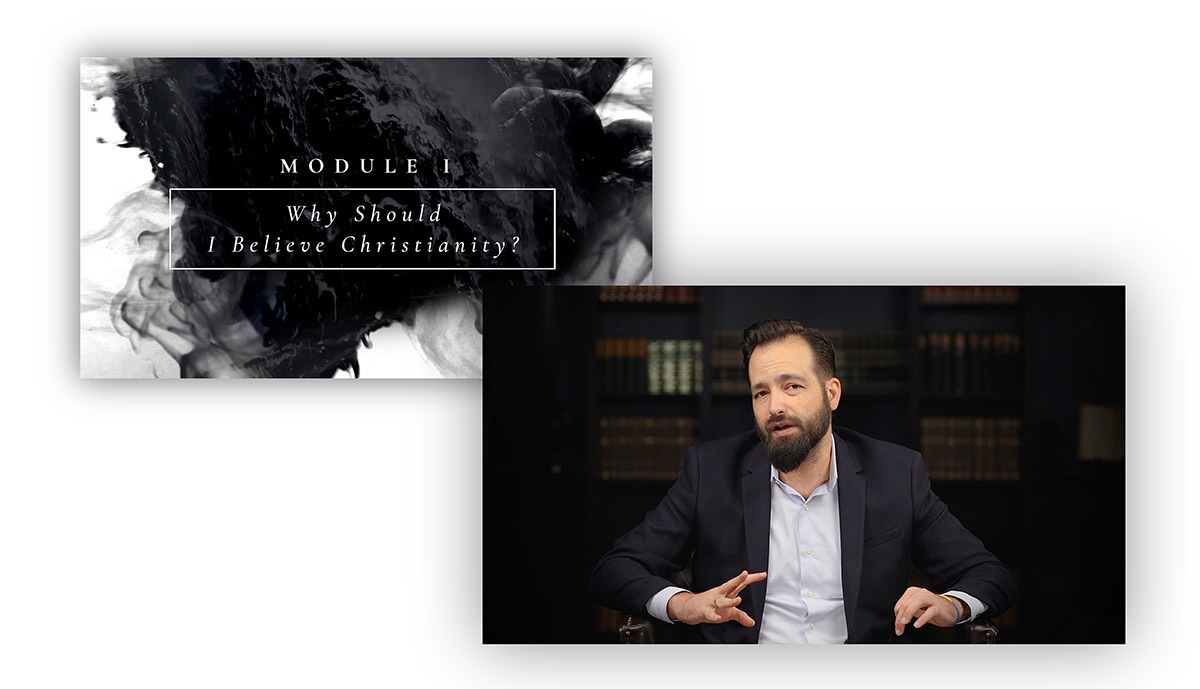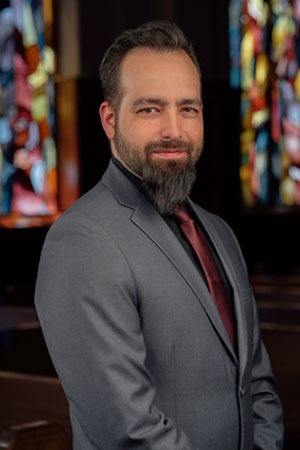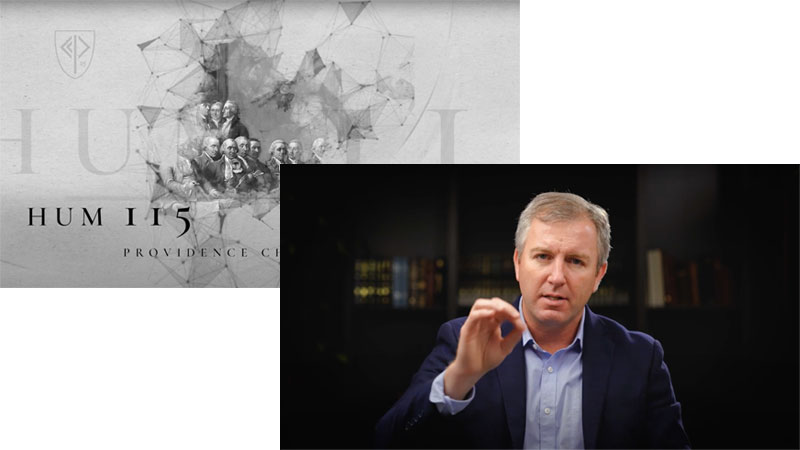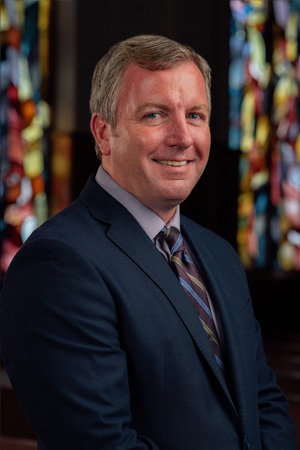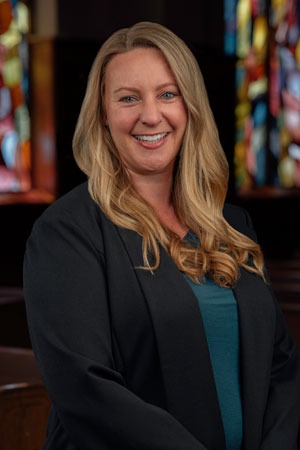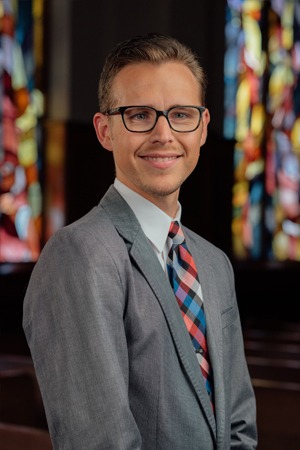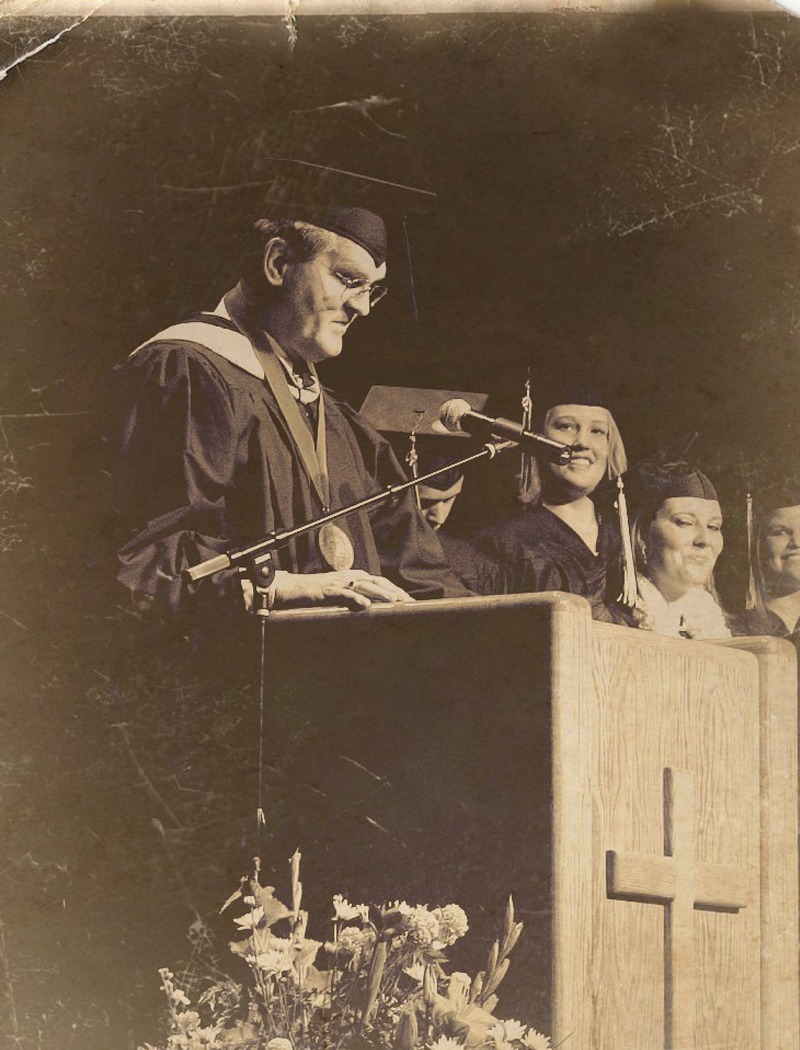As places where culture making “reaches critical mass,” cities reveal the material expressions of humanity’s ultimate concerns—concerns that presuppose an interest in the origins of the self in society, the brokenness that accompanies that world, and an expressed desire to look for and even create avenues toward redemption.
As the “city of the future” which never seems to reach its final destination, Los Angeles provides arguably the best example of a utopia, selling promises of redemption, and a dystopia in which human efforts to build a redeemed world cannot escape disorder and decay. This year’s May term, “Visions of Los Angeles: People, Place, and Power in the City,” was led by three Providence professors, each of whom, using popular music, film, and on-site experiences, helped students come to understand L.A. as a place in which both people and place exhibit an insatiable desire for eternal life.
Dr. Gideon Strauss’s interactive discussions addressed the importance of cities as sites of culture making that value the central role of markets and the built (architectural) environment. Dr. Strauss emphasized not only the continued relevance of the city, challenging the notion that modern communication technology has made physical location obsolete, but also the social and political relations that allow for the flourishing of diverse social and cultural groups within the larger urban community.
Dr. Ryan McIlhenny provided a brief historical overview of the diverse populations and competing power structures that have made Los Angeles a continually changing and contested place. Students reflected on the city’s origins in 1781, the Anglo-American conquest in the mid-nineteenth century, and the elite power groups—wealthy landowners, railroad tycoons, journalists, vigilante agencies, and later an efficiently organized police force—that, over time, made the city, often through violence and political corruption, a place of continual conquest.
These lectures were augmented by on site visits (via Metro transportation) to places like El Pueblo de Los Angeles (La Plaza), the historical center of the city, the financial district of Bunker Hill, an area once inhabited by working-class people who were then removed in one of the largest urban renewal projects in the U.S., the Grand Central Market, the oldest open-air market in L.A., and a quick trip down Angel’s Flight, the shortest railway in the world.
Many of these sites stood as clear examples of humanity’s desire for redemption. For instance, students toured the lower portion of the Bradbury Building, a structure that sought to incorporate the utopian vision of author Edward Bellamy in his late nineteenth-century novel, Looking Backward. The Bradbury was later used as the center piece for Ridley Scott’s futuristic dystopian film, Blade Runner. At another point, students contemplated the rationalistic and domineering architectural work exhibited in the “modern” Bunker Hill Apartments and the California Plaza, daunting creations that stand in sharp contrast to the “postmodern” Westin-Bonaventure and Walt Disney Concert Hall, two structures, among others, that work to regain a sense of fluidity, openness, and freedom, challenging the stolid and seemingly dehumanizing ideals of modernism.
The final week focused on visions of L.A. as produced by the Hollywood industry. Guest lecturer Dr. Nancy Yuen, assistant professor of sociology at Biola University, shared with students important insights about how Hollywood continually reinforces racial stereotypes. Complimenting Yuen’s presentation, Providence’s own Assistant Professor of Communication Troy Lamberth led students on an informative tour through Hollywood. Students literally walked through the imaginative heights of cultural production all the while confronting the lamentable lows of human depravity. Returning to the utopian/dystopian theme that characterizes much of the urban center, Dr. Russ Reeves rounded-out the course by leading a discussion on Los Angeles’s “cityscape” as shown in a number of popular films.
In the end, students were encouraged to think about how the Christian’s role as a minister of reconciliation might be applied not only to people but also to power and place. Redemption through Christ, who makes all things new, is all encompassing. Believers anticipate the brilliance of the “Holy City” (Revelation 21). Until then, however, it is well-worth the time to reflect on the transforming influence of the gospel at the intersection of power, place, and people in the City of Angeles.
Visit the Providence flickr page to view photos of the 2011 May term.
